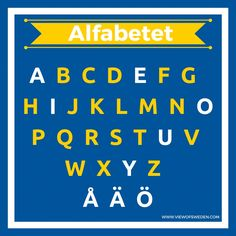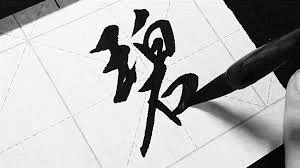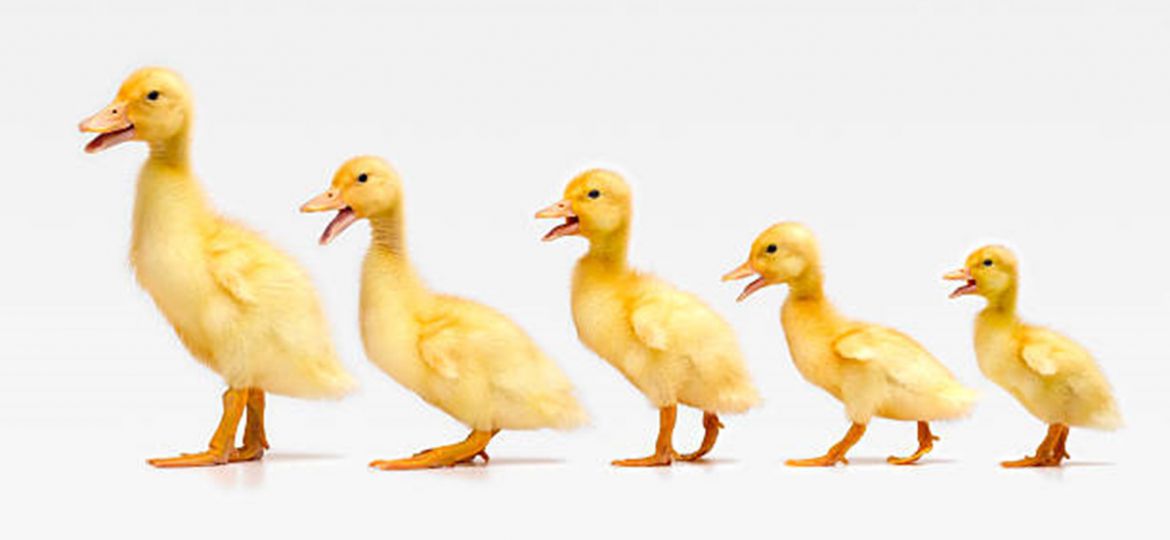SORTING BY "ALPHABETICAL" ORDER IN DIFFERENT LANGUAGES
In the U.S., we teach our children the alphabet at a very young age and ask them to recite it in alphabetical order.
Easy task since the English alphabet is one of the simplest Latin alphabets with only 26 letters, no diacritic (accent) and no ligatures (æ, œ).
Other European languages using the Latin alphabet may include more letters, diacritics, or ligatures. For example:
The ‘abecedario’ or Spanish alphabet contains the additional letter Ñ. That letter follows the letter N when sorted in alphabetical order.
The French alphabet contains 26 letters with five diacritics and two orthographic ligatures (the acute [‘]), the grave [`], the circumflex [^], the diaeresis [¨], and the cedilla [¸]. Diacritics have no effect on the alphabetical order. The ligatures (Æ and Œ) are treated like the sequences AE and OE for sorting.


The Swedish alphabet is composed of 29 letters – the basic 26 A to Z letter plus the letters Â, Ä, and Ö at the end.
The modern Russian Cyrillic alphabet consists of 33 letters (10 vowels, 21 consonants, and 2 signs (ь, ъ)). The alphabetical order is: А Б В Г Д Е Ё Ж З И Й К Л М Н О П Р С Т У Ф Х Ц Ч Ш Щ Ъ Ы Ь Э Ю Я
Sorting words in alphabetical order is pretty straight forward for these languages as long as you know the rules.
But what about sorting “words” in languages that do not use letters but rather logograms (written characters that represent words)?
 When it comes to sorting Chinese “words”, things become a little more complicated.
When it comes to sorting Chinese “words”, things become a little more complicated.
The process of sorting written information into a standard order is called collation.
Collation of non-alphabetical writing systems such as Chinese (Hanzi) or Japanese (Kanji) can be based on radical-and-stoke sorting.
All Chinese characters consist of a finite number of components which are assembled in different orders and different combinations.
Chinese radicals are the base component of each character. It is usually the leftmost part of the character. These radicals can hold information about the character meaning and/or sound.
There are 214 radicals and Chinese dictionaries are traditionally sorted by the radicals – first by the number of strokes in the radical, then the number of strokes in the characters.
Let’s look at some Chinese characters containing the radical 女 (female). The radical itself is made of three (3) strokes.
Chinese character | English | Radical + strokes | English order | Chinese order |
女 | woman | 女 + 0 | 3 | 1 |
娘 | mother | 女 + 7 | 1 | 2 |
孀 | widow | 女 + 17 | 2 | 3 |
Based on the number of strokes, the sorting order is 女, 娘, 孀.
If you need help getting your ducks in a row or want to learn more about our translation services, contact us at …



